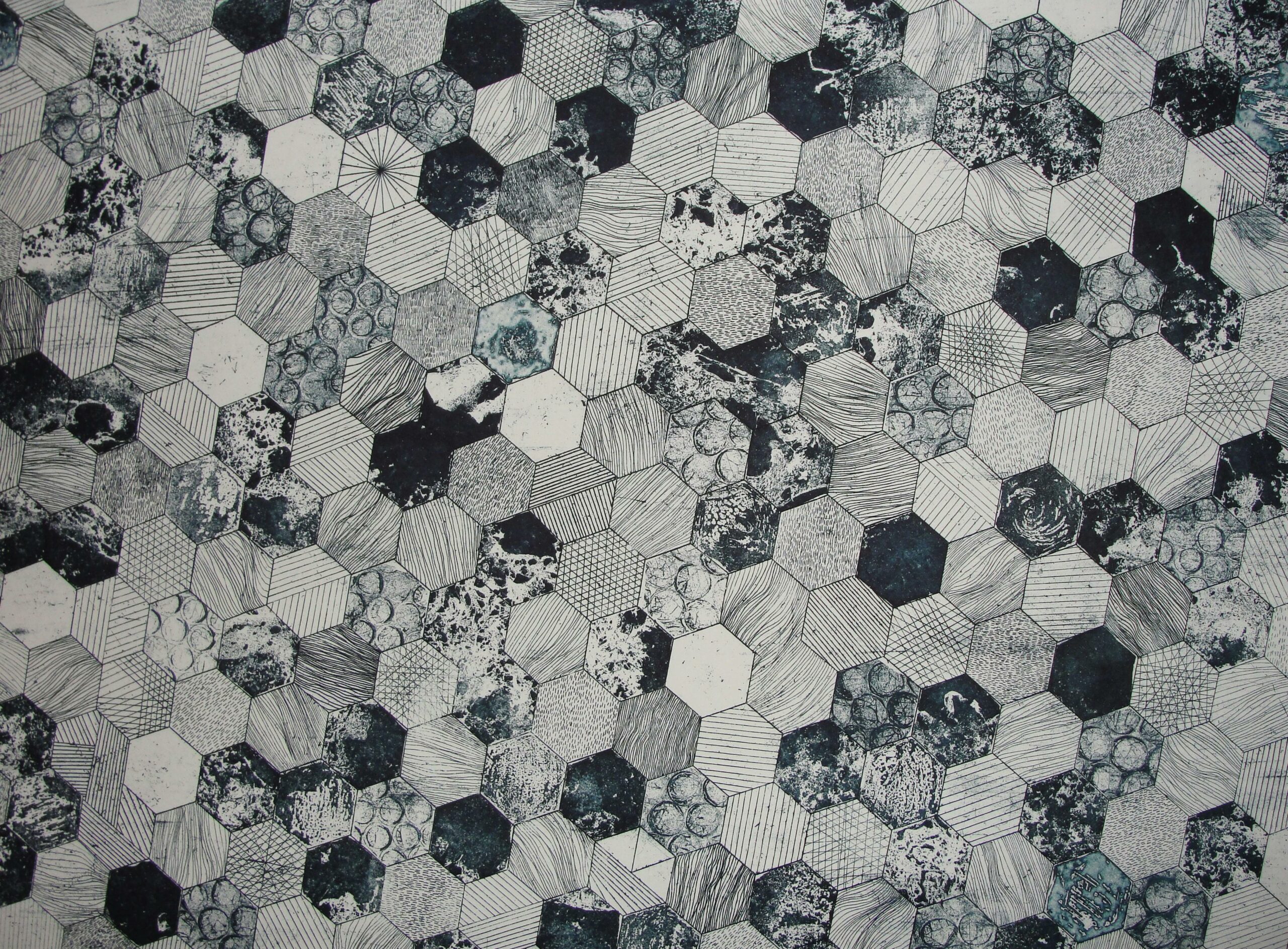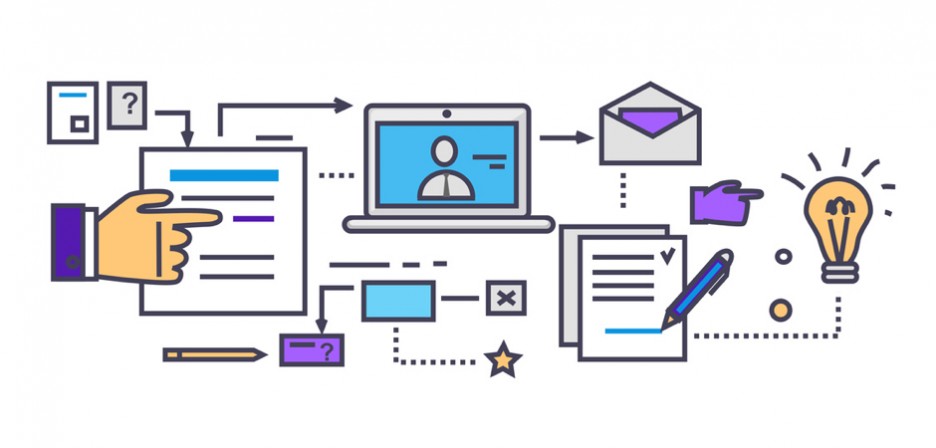Agile Design Thinking Sprint Planning
The highest priority of Agile Development is to “Satisfy the customer through early and continuous delivery of valuable software.” Agile Development advocates adaptive planning, evolutionary development, early delivery, and continual improvement, and it encourages rapid and flexible response to change. Agile development achieves these goals through short development cycles called “sprints.” The short time frame … Read more




